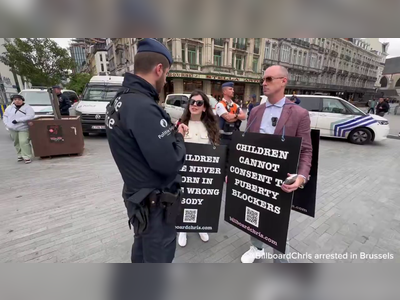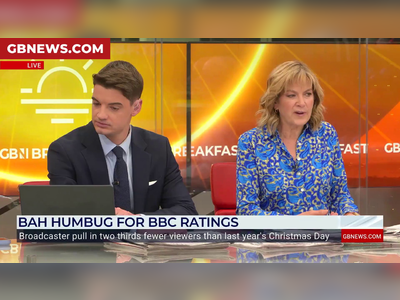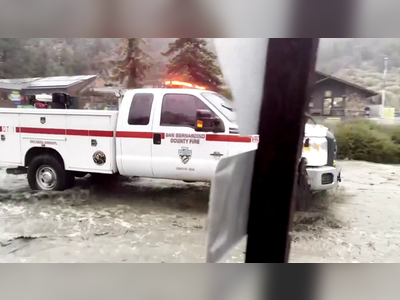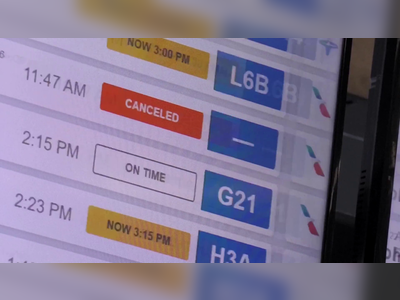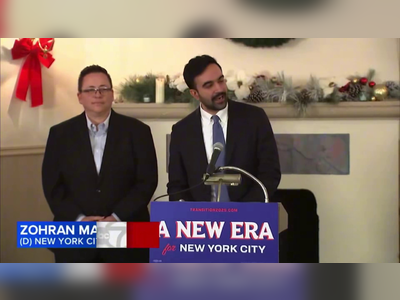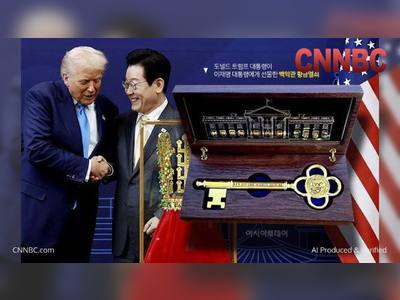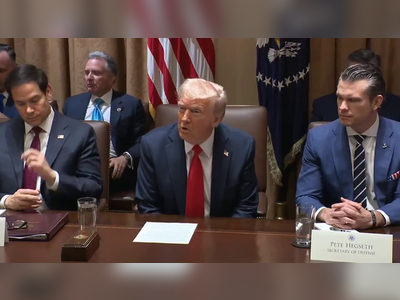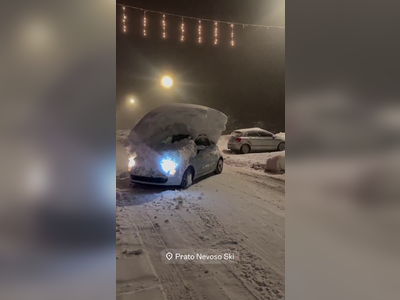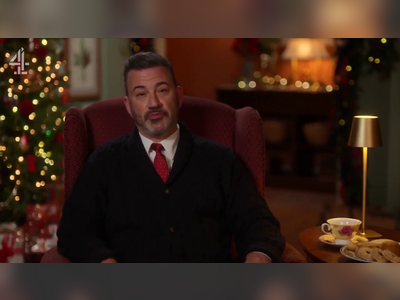
Ukraine War: Trump and Zelensky Discuss Ceasefire Terms Amid Renewed Diplomacy
US President Donald Trump and Ukrainian President Volodymyr Zelensky engage in talks to facilitate a ceasefire with Russia while navigating complex negotiation dynamics.
Brussels – International diplomatic efforts are intensifying in the ongoing conflict in Ukraine.
Over recent days, US President Donald Trump has held discussions with both Russian President Vladimir Putin and Ukrainian President Volodymyr Zelensky.
The objective is to bring both sides to the negotiating table, with plans for meetings in Saudi Arabia aimed at defining the technical aspects of a ceasefire agreement.
Currently, only Kyiv appears aligned with Washington’s approach, while Moscow has not shown significant movement towards negotiations.
Following a telephone conversation with Vladimir Putin on Wednesday, which marks their second communication in two months, Trump contacted Zelensky on March 19 to provide updates on the negotiation landscape and reaffirm US support for Ukraine.
This dialogue contrasts with their previous meeting in late February, which concluded on a less favorable note.
Trump characterized yesterday's call with Zelensky as a "very good call," indicating a shared understanding on several key issues.
One highlighted point includes the continuation of military supplies; the United States committed to providing Kyiv with new anti-aircraft batteries and ensuring ongoing intelligence sharing—this continues to oppose one of the Kremlin’s core conditions for a truce.
Zelensky referred to the conversation as possibly "the most productive one we've ever had," expressing willingness to proceed with a partial ceasefire arrangement recently discussed by Trump and Putin.
This proposal represents a step down from a total ceasefire envisioned in earlier discussions held in Jeddah.
Despite a recent uptick in airstrikes between Ukraine and Russia, Zelensky expressed optimism that, under American leadership, peace could potentially be reached within the year.
Concurrently, a previously announced prisoner exchange transpired, involving 175 Russian soldiers and 175 Ukrainian soldiers, along with 22 seriously injured soldiers from Kyiv.
Putin has suggested that Ukraine formally recognize the occupied regions as part of Russian territory, a request Zelensky classified as unacceptable, affirming he has received support from Washington on this contentious issue.
The discussions have also pointed towards the formation of expert teams from the three nations to convene in Saudi Arabia for technical meetings regarding the implementation of the ceasefire.
However, uncertainty lingers on whether these discussions will be trilateral or if the US will engage separately with Kyiv and Moscow.
A primary dispute appears to concern which facilities should be exempt from attacks; the US and Ukraine advocate extending protections to energy and civilian infrastructure, while Russia seeks to limit this to energy installations.
Additionally, the two presidents discussed a potential evolution of the critical raw materials deal, which had previously faltered amid disagreements.
Trump proposed that the US might oversee the operations of Ukrainian nuclear power plants, beginning with Zaporizhzhiya, the largest in both Ukraine and Europe, currently under Russian control.
Trump indicated that American oversight of these facilities could provide significant security assurances against further Russian aggression.
The Ukrainian conflict continues to dominate the European political agenda, with Zelensky joining a summit attended by the leaders of the 27 European Union member states in Brussels, occurring two weeks after an extraordinary summit on March 6. In parallel, military chiefs from the 30 nations comprising the Coalition of the Willing, an initiative led by France and the United Kingdom, convened in London to discuss the dispatch of a peacekeeping force to Ukraine contingent on a ceasefire agreement.
Over recent days, US President Donald Trump has held discussions with both Russian President Vladimir Putin and Ukrainian President Volodymyr Zelensky.
The objective is to bring both sides to the negotiating table, with plans for meetings in Saudi Arabia aimed at defining the technical aspects of a ceasefire agreement.
Currently, only Kyiv appears aligned with Washington’s approach, while Moscow has not shown significant movement towards negotiations.
Following a telephone conversation with Vladimir Putin on Wednesday, which marks their second communication in two months, Trump contacted Zelensky on March 19 to provide updates on the negotiation landscape and reaffirm US support for Ukraine.
This dialogue contrasts with their previous meeting in late February, which concluded on a less favorable note.
Trump characterized yesterday's call with Zelensky as a "very good call," indicating a shared understanding on several key issues.
One highlighted point includes the continuation of military supplies; the United States committed to providing Kyiv with new anti-aircraft batteries and ensuring ongoing intelligence sharing—this continues to oppose one of the Kremlin’s core conditions for a truce.
Zelensky referred to the conversation as possibly "the most productive one we've ever had," expressing willingness to proceed with a partial ceasefire arrangement recently discussed by Trump and Putin.
This proposal represents a step down from a total ceasefire envisioned in earlier discussions held in Jeddah.
Despite a recent uptick in airstrikes between Ukraine and Russia, Zelensky expressed optimism that, under American leadership, peace could potentially be reached within the year.
Concurrently, a previously announced prisoner exchange transpired, involving 175 Russian soldiers and 175 Ukrainian soldiers, along with 22 seriously injured soldiers from Kyiv.
Putin has suggested that Ukraine formally recognize the occupied regions as part of Russian territory, a request Zelensky classified as unacceptable, affirming he has received support from Washington on this contentious issue.
The discussions have also pointed towards the formation of expert teams from the three nations to convene in Saudi Arabia for technical meetings regarding the implementation of the ceasefire.
However, uncertainty lingers on whether these discussions will be trilateral or if the US will engage separately with Kyiv and Moscow.
A primary dispute appears to concern which facilities should be exempt from attacks; the US and Ukraine advocate extending protections to energy and civilian infrastructure, while Russia seeks to limit this to energy installations.
Additionally, the two presidents discussed a potential evolution of the critical raw materials deal, which had previously faltered amid disagreements.
Trump proposed that the US might oversee the operations of Ukrainian nuclear power plants, beginning with Zaporizhzhiya, the largest in both Ukraine and Europe, currently under Russian control.
Trump indicated that American oversight of these facilities could provide significant security assurances against further Russian aggression.
The Ukrainian conflict continues to dominate the European political agenda, with Zelensky joining a summit attended by the leaders of the 27 European Union member states in Brussels, occurring two weeks after an extraordinary summit on March 6. In parallel, military chiefs from the 30 nations comprising the Coalition of the Willing, an initiative led by France and the United Kingdom, convened in London to discuss the dispatch of a peacekeeping force to Ukraine contingent on a ceasefire agreement.

